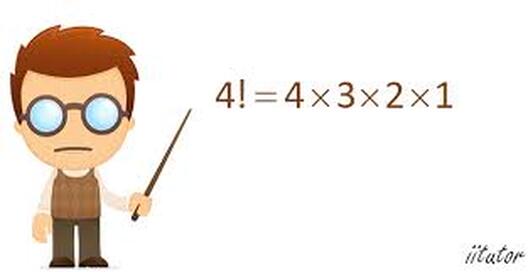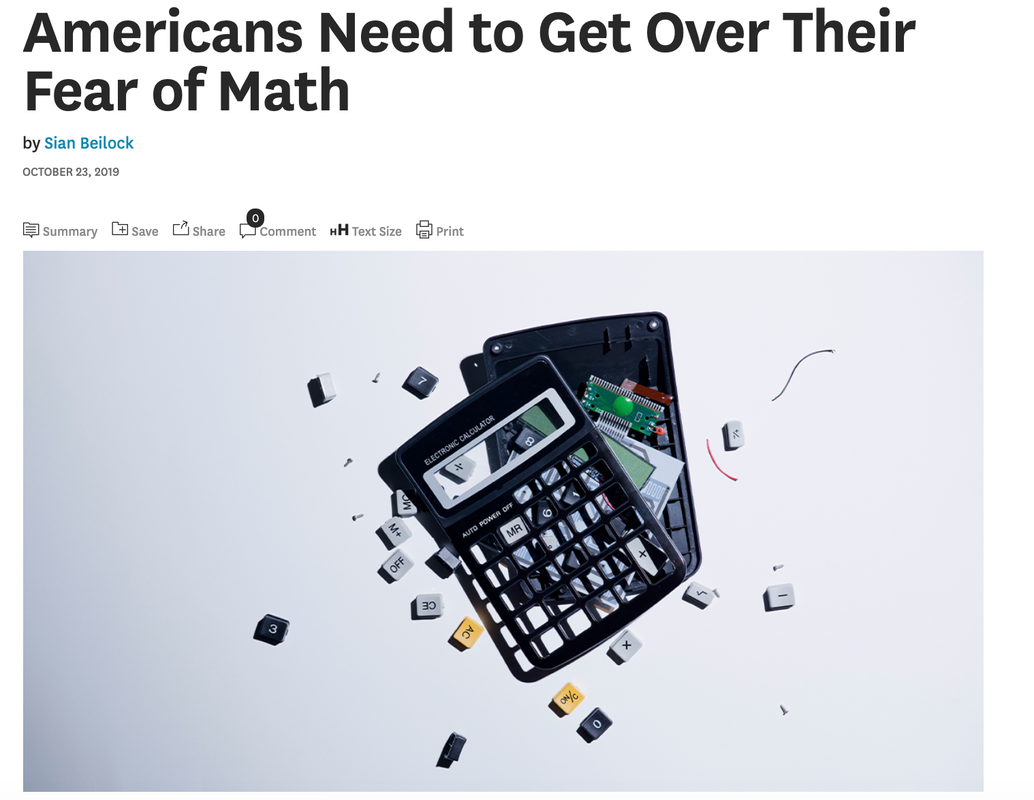Anthony has come a long way over the past few years. I remember when I first met him. He wanted to challenge grade 10 Math and move straight to Math 11. He came to see me around 10 times to discuss this option. "Wow, this kid's eager" I thought to myself.
So he wrote the challenge test and did well so he ended up switching to my PreCalculus 11 class. FIRST DAY in my class. FIRST TEN MINUTES in my class: I'm at the front, teaching something (about parabolas, no doubt) to the entire class, when suddenly I sense this presence behind me. Like, RIGHT behind me. I turn around and there is Anthony. He's a foot away from me and he has his workbook in his hands and I'm super confused.
Me: Uh... yeah?
Anthony: Can you help me with #3? I've decided to start on the homework.
Me: What!?! Now?!?
Anthony: Yeah. It's a bit complicated. How do I...?
Me (interrupting): I'm teaching the rest of the class right now. SIT DOWN!!!
I remember sharing a few incredulous glances with a few students in the first row over that one...
Rough start but I've come to love having Anthony in my class. He's got a wicked sense of humour and he's not afraid to tease me (as much as I tease him). He's hard working and responsible. Interesting and easy to talk to.
He's also sneaky: while the rest of you put your hand up and wait for me to come to you for extra help (which sometimes takes a long time), Anthony picks up his books and comes straight to me (effectively budging to the front of the line). I suppose this is the same behaviour he exhibited on his first day in my class. Oh Anthony...!
Thanks for all the laughs, Anthony. You are a real character and a bit of an iconoclast. Put your smarts to good use and keep on smiling! All the best to you!








 RSS Feed
RSS Feed